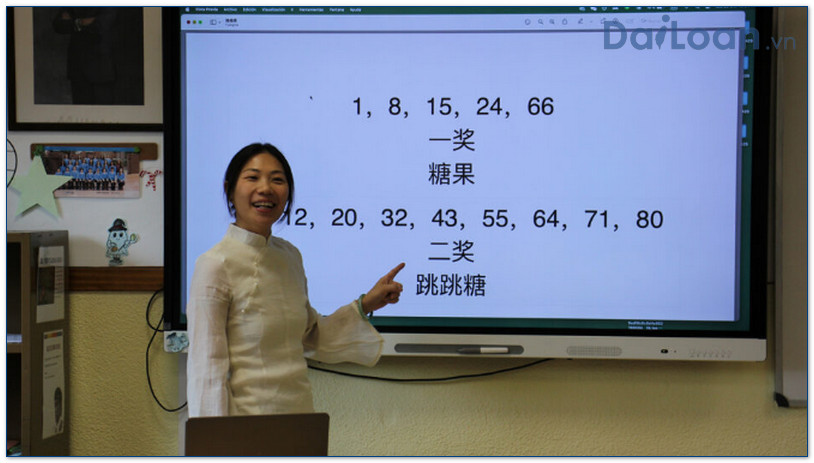Understanding the intricacies of the Chinese language often involves examining specific phrases and their context. One such term is 繫於 (xì yú). This article aims to delve into the meaning, grammatical structure, and practical examples of this term, providing a comprehensive overview for learners and enthusiasts of Mandarin Chinese.
What Does 繫於 (xì yú) Mean?
The term 繫於 (xì yú) translates to “to be bound to,” “to be connected with,” or “to relate to.” In various contexts, it conveys the idea of attachment, association, or linkage between subjects. Whether used in formal or informal discussions, understanding its meaning is crucial for effective communication in Mandarin.
Origin and Usage
Historically, 繫 (xì) implies tying or binding, while 於 (yú) serves as a preposition meaning “to” or “in.” Together, 繫於 forms a phrase that denotes relationships or connections, commonly used in both written and spoken Chinese.
Grammatical Structure of 繫於 (xì yú)
The grammatical structure of 繫於 can be broken down into two components:
1. Verb (繫 – xì)
- 繫 (xì) – This verb indicates the action of tying, binding, or connecting. It can also imply dependence or necessity in specific contexts.
2. Preposition (於 – yú)
- 於 (yú) – This preposition typically denotes a relationship or location, functioning similarly to “in” or “at” in English.
When combined, 繫於 (xì yú) can serve various grammatical functions depending on the sentence structure, usually indicating a relationship between the subject and an object.
Example Sentences Using 繫於 (xì yú)
To effectively grasp the usage of 繫於, it’s beneficial to look at several example sentences:
1. 繫於文化
这项研究主要繫於文化影响的分析。
(Zhè xiàng yánjiū zhǔyào xì yú wénhuà yǐngxiǎng de fēnxī.)
Translation: This study mainly relates to the analysis of cultural influences.
2. 繫於教育
他的成功与他的努力练习繫於。
(Tā de chénggōng yǔ tā de nǔlì liànxí xì yú.)
Translation: His success is linked to his diligent practice.
3. 繫於技术
未来的工作机会将繫於技术的发展。
(Wèilái de gōngzuò jīhuì jiāng xì yú jìshù de fāzhǎn.)
Translation: Future job opportunities will be related to the development of technology.
Conclusion
In conclusion, understanding the term  繫於 (xì yú) is essential for those seeking to enhance their command of Mandarin Chinese. With its meaning rooted in connections and relationships, grasping its grammatical structure and utilizing it in various contexts can significantly enrich one’s language skills. By incorporating example sentences into your study routine, you can become more proficient in using 繫於 effectively in conversation and writing. As you continue your journey in mastering Chinese, remember that each term, including 繫於, serves as a building block toward fluency.
繫於 (xì yú) is essential for those seeking to enhance their command of Mandarin Chinese. With its meaning rooted in connections and relationships, grasping its grammatical structure and utilizing it in various contexts can significantly enrich one’s language skills. By incorporating example sentences into your study routine, you can become more proficient in using 繫於 effectively in conversation and writing. As you continue your journey in mastering Chinese, remember that each term, including 繫於, serves as a building block toward fluency.

Sứ mệnh của Chuyên là giúp đỡ và truyền cảm hứng cho các bạn trẻ Việt Nam sang Đài Loan học tập, sinh sống và làm việc. Là cầu nối để lan tỏa giá trị tinh hoa nguồn nhân lực Việt Nam đến với Đài Loan và trên toàn cầu.
CÓ THỂ BẠN QUAN TÂM
Du học Đài Loan
Lao Động Đài Loan
Việc Làm Đài Loan
Đơn Hàng Đài Loan
Visa Đài Loan
Du Lịch Đài Loan
Tiếng Đài Loan
KẾT NỐI VỚI CHUYÊN
Zalo: https://zalo.me/0936126566
Website: www.dailoan.vn




